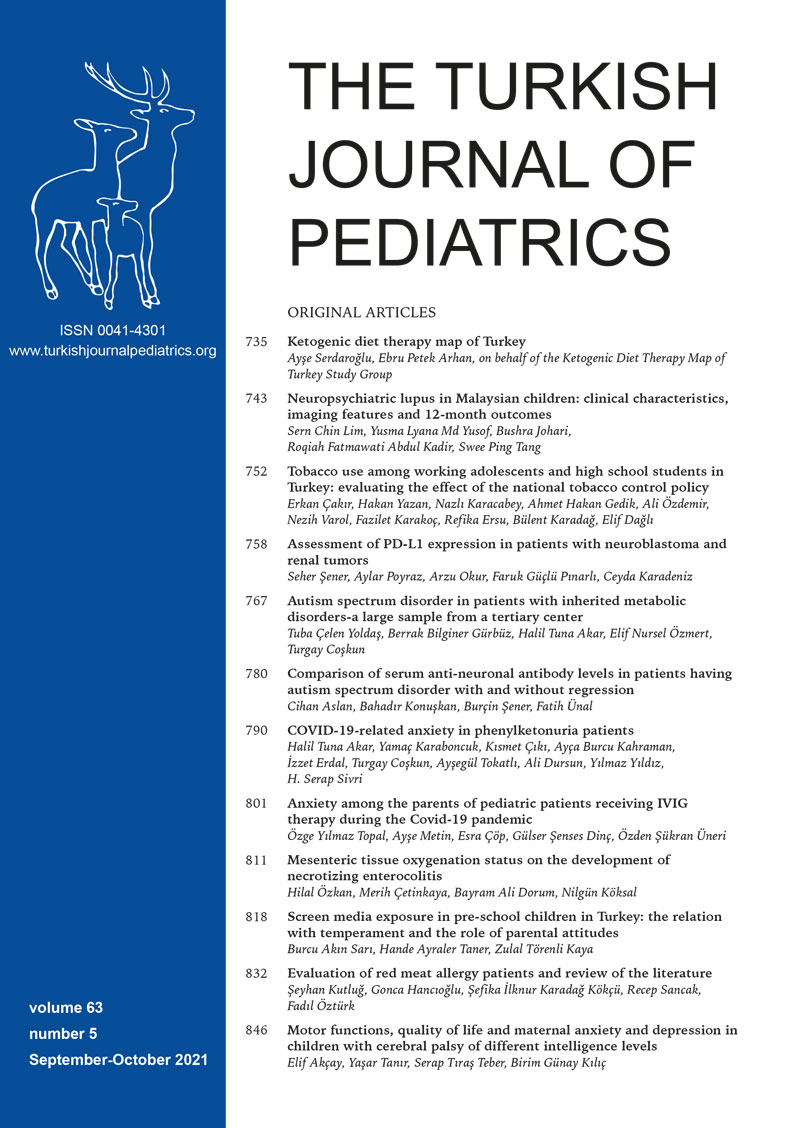Abstract
Background. Cardiac catheterization is a course of action with a low rate of complication; however, the potential risk factors should be considered before the procedure. The risk of arterial complications increases in sick premature infants, especially in the first days of life.
Case. A four-day-old neonate with cyanotic heart disease (tricuspid atresia) was referred to our tertiary center for patent ductus arteriosus (PDA) stenting by cardiac catheterization. During catheterization, the stent escaped and was trapped in the left external iliac artery. Following the stent retrieval, the left external artery was disrupted entirely and caused pulse-less left lower extremity. The patient was immediately transferred to the operating room to repair the artery. Retracted ends of the artery had caused a 3-4 cm space between them. In this rare and emergency situation, the left umbilical artery was used to maintain the common femoral artery`s (CFA) blood supply. Therefore, an end to end anastomosis of the distal part of the left umbilical artery with the proximal part of the left CFA was done successfully and uneventfully.
Conclusions. The complications of cardiac catheterization that lead to surgical repair are almost challenging, and adequate preoperative planning should be performed. In selective cases, the umbilical artery can be used to maintain the blood flow to the common femoral artery.
Keywords: cardiac catheterization, complication, newborn, rupture, surgical repair
Copyright and license
Copyright © 2021 The Author(s). This is an open access article distributed under the Creative Commons Attribution License (CC BY), which permits unrestricted use, distribution, and reproduction in any medium or format, provided the original work is properly cited.














